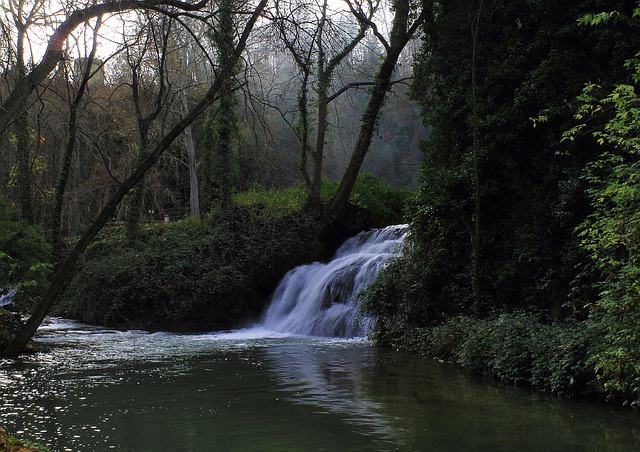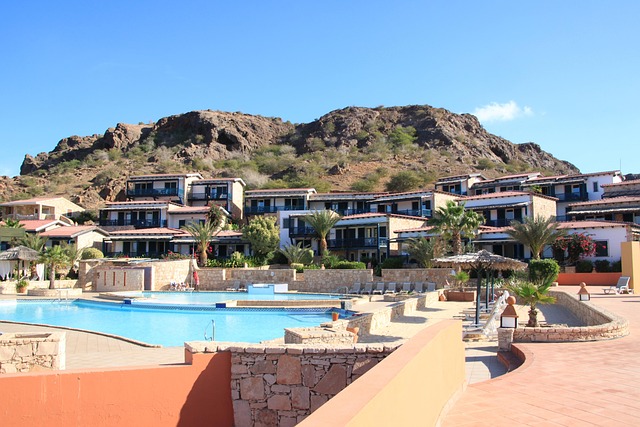The growing demand for unique craft beverage experiences drives the conversion of historic buildings and underutilized spaces into trendy winery and brewery tasting rooms, revitalizing communities and boosting local economies. Real estate developers create immersive sensory journeys with distinctive design elements, blending rustic and modern aesthetics to enhance natural lighting and open spaces. Strategic location choices in areas with strong local foodie cultures maximize foot traffic, while adapting to market trends like craft beers or organic wines attracts a dedicated customer base. Efficient real estate use encourages customer interaction and prolongs stays, increasing sales opportunities.
“In today’s vibrant food and beverage scene, wineries and breweries are experiencing a surge in demand. As consumers seek immersive experiences, tasting rooms have become hotspots for engagement and revenue generation. This article explores the rising trend of winery and brewery real estate, delving into how strategic space planning can maximize profits. From unique design concepts to tailored customer experiences, discover the essential role of real estate in shaping these thriving industry spots.”
The Rising Demand for Winery and Brewery Spaces

The demand for winery and brewery spaces has been on a steady rise, reflecting a broader trend in the consumer preference for unique, local, and artisanal products. This shift is driven by a growing appreciation for craft beverages among consumers who seek immersive experiences that connect them to the stories behind their drinks. As such, real estate in areas known for their thriving wine and beer scenes has become highly sought-after.
Real estate investors and developers are taking notice, with many choosing to convert historic buildings or underutilized spaces into trendy tasting rooms and event venues. These converted spaces not only cater to the growing consumer base but also contribute to the revitalization of urban centers and rural communities, creating vibrant hubs that attract visitors and foster local economies.
Real Estate Trends Shaping the Tasting Room Experience

The real estate landscape is playing a significant role in shaping the tasting room experience for wineries and breweries. With a focus on creating immersive and inviting spaces, property developers are incorporating unique design elements to cater to the growing demand for experiential marketing. Tasting rooms are no longer just about serving wine or beer; they’ve evolved into cultural hubs that offer an enhanced sensory journey.
Trends in real estate development highlight the importance of location and ambiance. Many wineries and breweries are opting for rustic, barn-like structures or modern, minimalist designs to create a distinct atmosphere. These architectural choices not only complement the surrounding landscapes but also provide ample natural lighting and open spaces, enhancing the overall visitor experience. Moreover, the integration of outdoor seating areas allows patrons to enjoy the scenic beauty while savoring their favorite beverages, fostering a deeper connection with nature and the craft.
Strategies for Maximizing Profits in the Food and Beverage Industry's Hotspots

In the competitive food and beverage industry, maximizing profits in hotspots like wineries and breweries requires a strategic approach, especially when it comes to real estate. One key strategy is location, location, location. Choosing the right spot for your tasting room or restaurant can significantly impact foot traffic and customer conversion. Look for areas with high visibility, easy accessibility, and a strong local foodie culture—these are often vibrant neighborhoods, downtown districts, or scenic locations near wineries themselves.
Furthermore, adapting to market trends is essential. Staying current with consumer preferences, such as a rise in demand for craft beers or organic wines, can attract a dedicated customer base. Offering unique experiences through themed tastings, live music, or culinary pairings can also set your establishment apart. Efficient use of real estate allows for creative space design, encouraging customer interaction and prolonging their stay, ultimately increasing sales opportunities.






